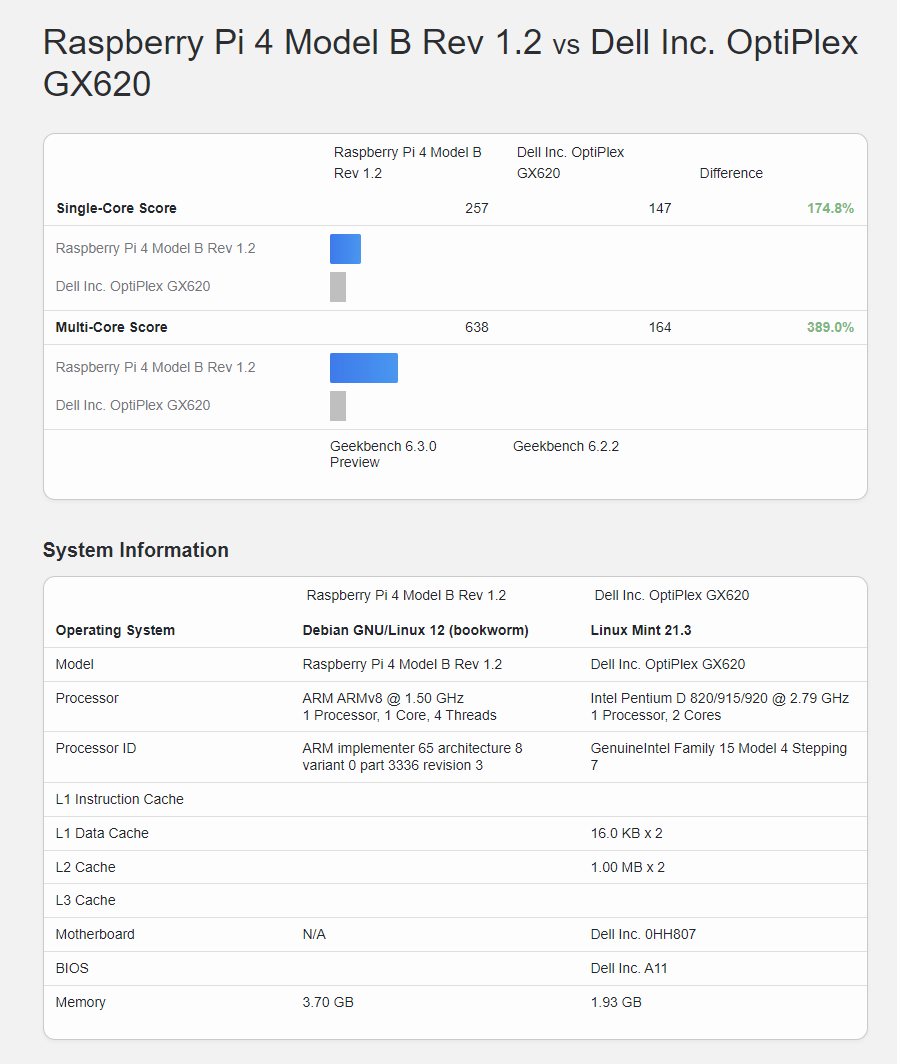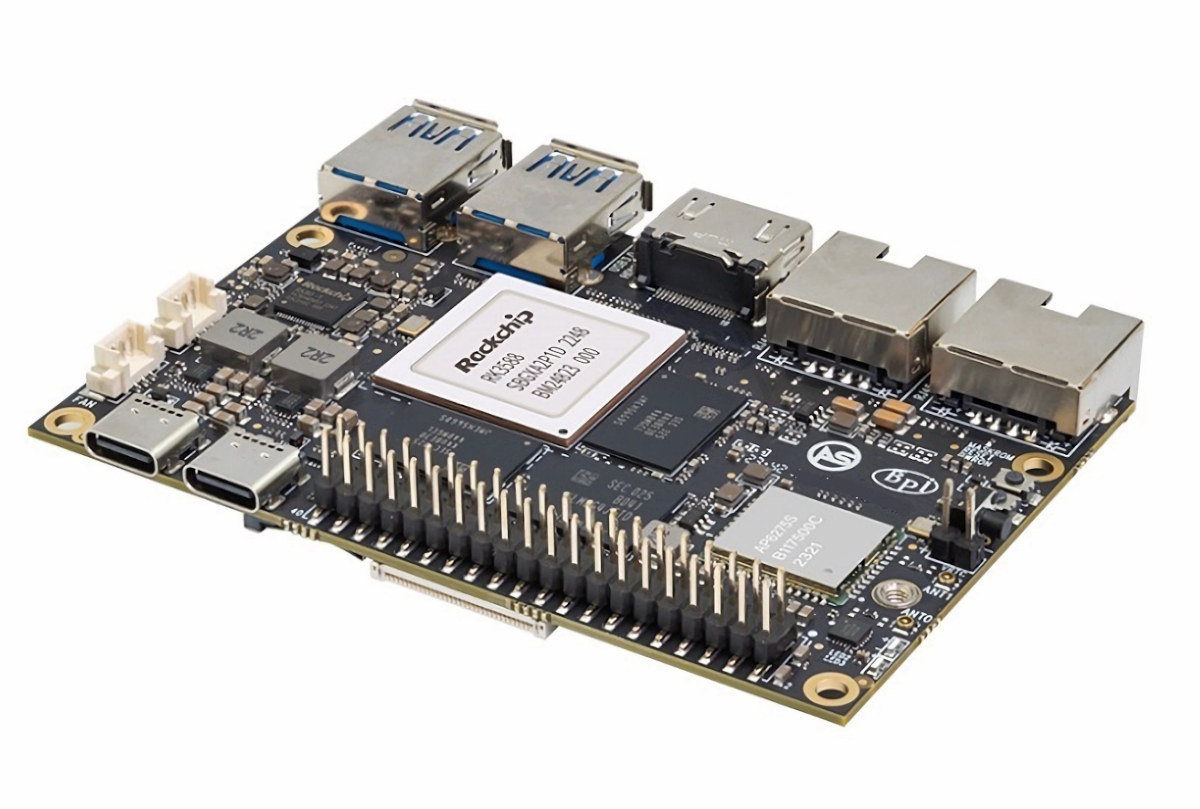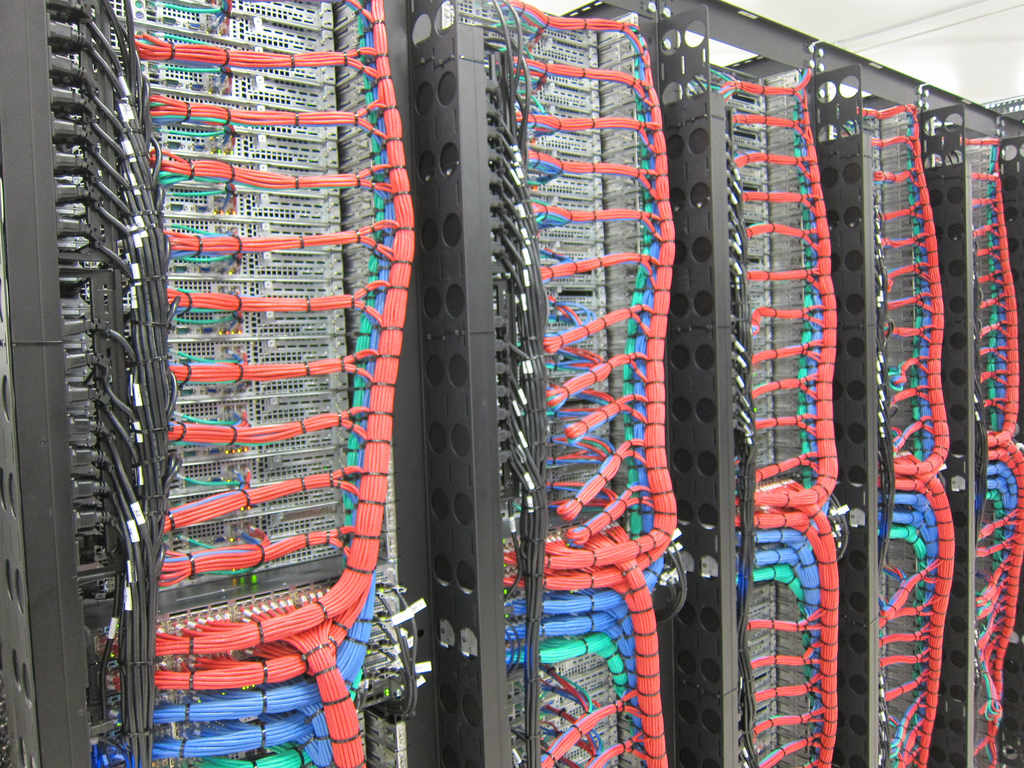

Sorry here’s a better tutorial. I might write one, it is interesting that they all suck in different ways.
https://starbeamrainbowlabs.com/blog/article.php?article=posts%2F237-WebDav-Nginx-Setup.html
The folder is defined by the “root” directive. Like with any other nginx setup.















The normal and recommended Proxmox file structure is what you’ve after running
rm -rf /. Just move to Incus (LXD) and be done with it.Incus provides a unified experience to deal with both LXC containers and VMs. If you’re running a modern version of Proxmox then you’re already running LXC containers so why not move to Incus that is made by the same people? Why keep dragging all of the Proxmox overhead and potencial issues?
Incus is free can be installed on any clean Debian system with little to no overhead and on the release of Debian 13 it will be included on the repositories. Another interesting advantage of Incus is that you can move containers and VMs between hosts with different base kernels and Linux distros.
Read more here: https://tadeubento.com/2024/replace-proxmox-with-incus-lxd/